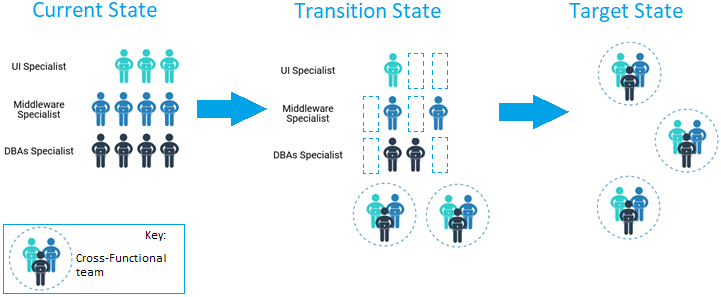review and disassembly of the Toshiba 220CS semi-modular laptop, which is 23 years old
What kind of laptop is this?
To be honest, I don’t remember how he came to me, either he bought it at a flea market, or his friends gave it to me. The main thing you need to know is that they did not use it for a very long time, and then, after the laptop came to me, it stood in the closet for a couple more years – all hands did not reach.
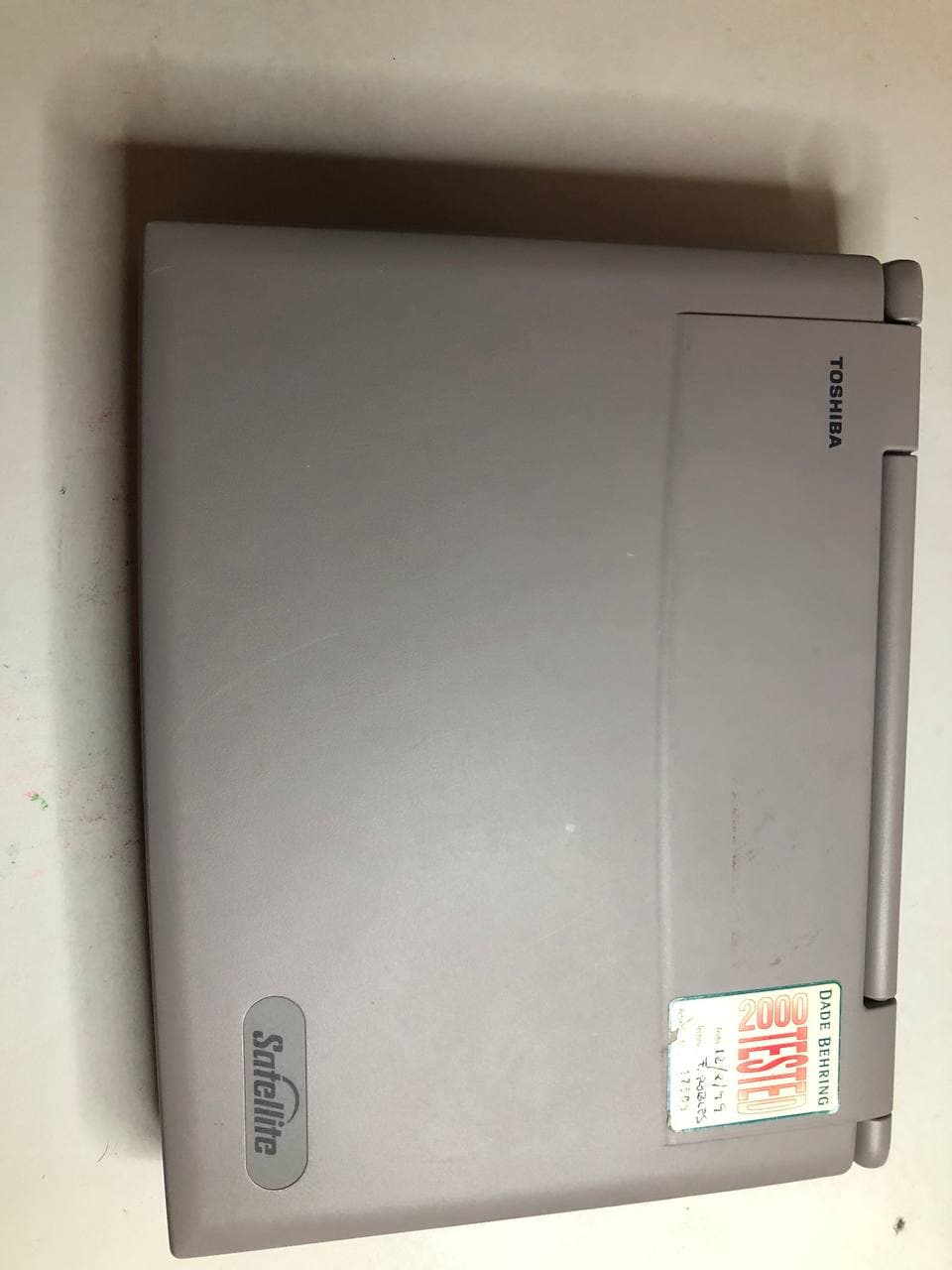
The other day, sorting through things in boxes after moving, I discovered it and decided without much hope to try to charge it. Surprisingly, charging started right away, moreover, after the battery was fully charged, the laptop was able to work normally on battery power – it survived the test for half an hour, I think that it would have lasted longer in offline mode.

You need to charge it with 15V, the battery, by the way, is Li-Ion, 3600 mAh. There are no complaints about the battery – I was very surprised that it works. Not so long ago I reviewed the ZX Sport Master laptop, so there the battery was completely killed, however, Cd, not Li-Ion.

Looking ahead, I liked the laptop. It is made very well, it is no longer half a desktop, but a full-fledged, albeit somewhat heavy, laptop. The assembly is very high quality, plus the screen turns 180 degrees. There is no touchpad, there is a stick, as in IBM of that time, plus two buttons in place of the touchpad.
Device specifications
The laptop is very “charged”, especially considering the year of its release. It has a 12.1-inch color display plus plenty of connectors and connectors. Inside:
• Intel Pentium 133 MHz processor with 16 KB cache.
• 16 MB EDO RAM, expandable up to 144 MB(!).
• 1.4 GB hard drive.
• CD drive.
• USB 1.1 (!).
I also liked the fact that the laptop is partially modular. The developers integrated SelectBay technology, which allowed replacing the CD drive with an additional battery module, floppy drive or hard drive. Very cool for that time, considering that any housewife, who, of course, has the necessary module, could do this.

You can easily remove and replace the CD, battery, and, as it turned out later, the hard drive. The latter, as I mistakenly believed, could only be replaced by disassembling the laptop. But no, the disc can be freely removed without disassembly.
Old hardware is a very interesting topic, but we have other articles, check it out – we talk about:
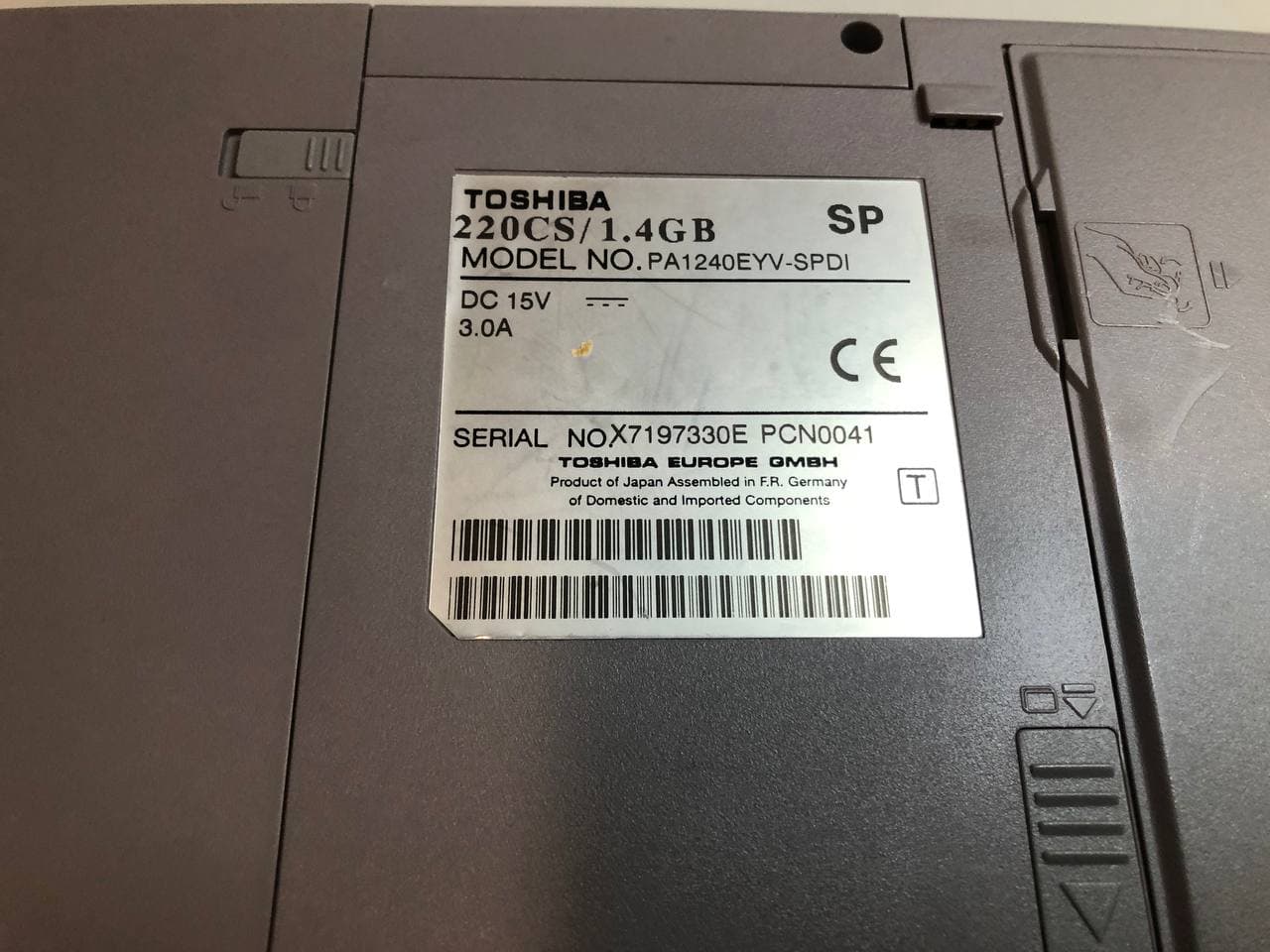
As for the CD drive, it is a 10-speed drive with a data transfer rate of 1500 KB/s. The average access time is 160 ms.
The graphics are designed immediately for dual-display mode, which is also cool. Graphics – itBIT 64-bit with 2 MB of video memory. Resolution 800 x 600 x 65,536 colors.

Keyboard – 86 buttons, 2 of which are dedicated to Windows 95 (that is, specialized functions are attached to them).
Audio – 6-bit stereo Sound Blaster Pro. There is a built-in microphone and speakers.
Interfaces: FIR (fast infrared port), ZV port,
serial, parallel, PS/2, audio-in, headphones, external microphone, USB port. A built-in modem could also be located inside, but this is optional.

Add-ons: 2 x PC Card Type II or 1 x PC Card Type III, expandable RAM (SIMMs), plus a Card Station III dock that added 2 x PC Card Type III, 2
x USB ports. Unfortunately, I don’t have a docking station.
Dimensions: 303.6 x 239 x 50.5 mm, 3.1 kg. In general, it’s not that heavy.
By the way, I found photos of the docking station for this laptop on the Internet.
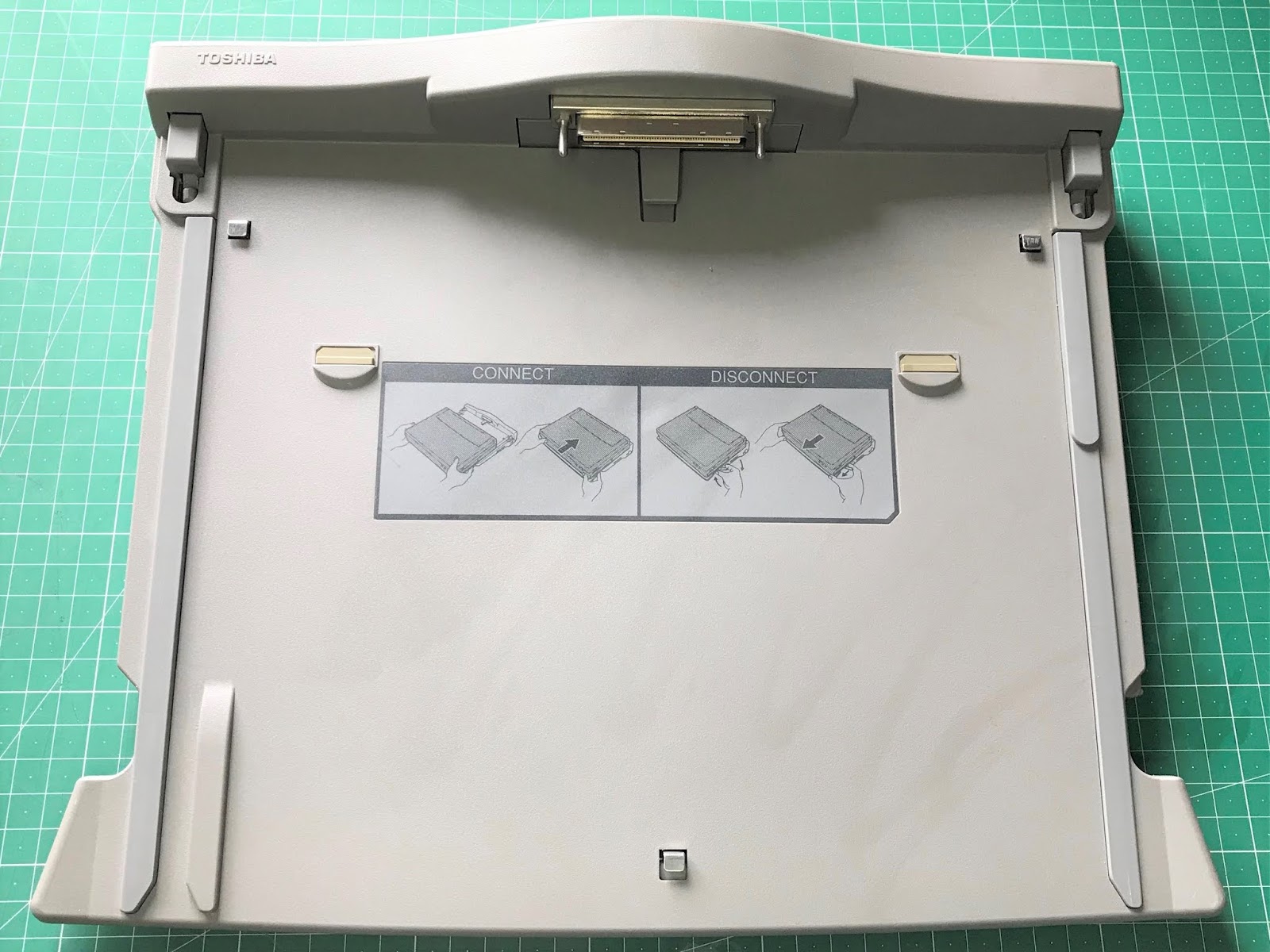

Looks impressive, especially the 2 extra USB ports.
Windows won’t boot, so the software can’t be checked
Unfortunately, as mentioned above, the laptop did not boot. I’m not exactly sure if his hard drive is broken, because the system reports that the system drive is missing. And this may mean that the boot partition has been deleted, and nothing more.
The BIOS boots without problems, showing the amount of available memory and a mountain of all sorts of additional settings.

But the download does not go further than this, indicating the need to insert a system disk with the OS. I don’t have it, because I downloaded the Windows 95 image, but I didn’t have a CD-blank (not DVD and not CD-RW), which this laptop can read. Well, a laptop of that time, unfortunately, could not read from external drives.
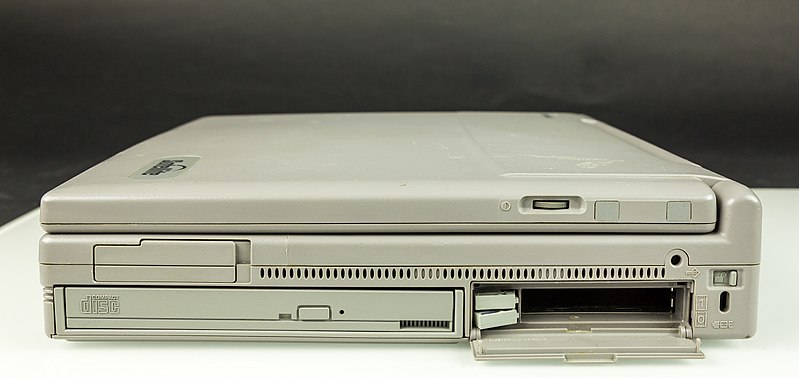
After digging around on the Internet, I found a blog, the author of which managed to install Debian on this laptop – in 2005. The author also had many problems, here are just a few:
- Slackware boot drives were throwing a segmentation fault before the boot was complete.
- The Debian Sarge boot disks had USB support, and the author could access his flash drive, but copying anything from it to the hard drive caused a kernel panic (some kind of synchronization).
- The author ended up spending two hours trying to make volumes with tar, and eventually found out that the split and cat commands work wonders.
With a complete history of installing Linux on this computer, you can
.
What else?
I did not know where the HDD is located in this laptop, so I decided to disassemble it at least in order to find out if there is a disk there at all or not. Surprisingly, the laptop was easy to disassemble, and then also to assemble, which he withstood without any problems. Here is the disassembly video:
Only later, during disassembly, it turned out that the disk is inserted by a separate module, which I mentioned above. I was not particularly upset, because if I immediately found out how to remove the disk, then there would be no video with disassembly. And so – it turned out almost a half-hour video.
By the way, I really liked the power button – it is closed with a special plastic plug, which will happen with protection against accidental pressing. Just like in the movies, where to launch a rocket you need to remove the plastic cap, turn the key, and only then press the button.
In the dry matter
This laptop looks very cool, judging by the fact that it works fine and now, with the exception of the hard drive, it is very reliable. It is relatively easy to understand – the first time I spent only half an hour, and nothing broke, did not fall off or tear. I assembled it even faster, and after assembly the laptop worked without problems.
The set of ports and connectors that it is equipped with was enough to work with anything in the last century. This is a real workstation that could be used by both business representatives and IT specialists.
I repeat, it is partially modular, which favorably distinguishes the device from many almost monolithic devices of that time. If any of the readers were lucky to work on Tosiba 220CS at one time, share your experience and impressions.
If I manage to get a hard drive or restore the current one, then I will do the second part of the review – already with testing the software part of the device. Well, that’s all, do not switch.

